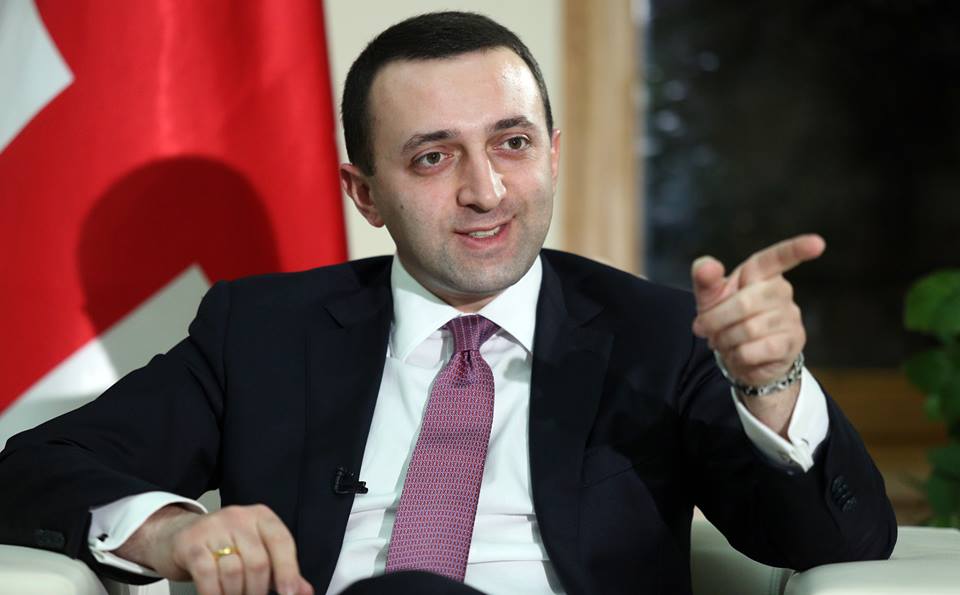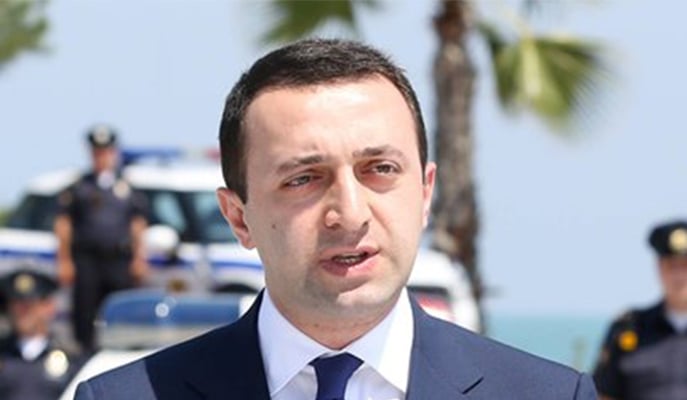On 10 July 2015, on air on GDS TV, the Prime Minister of Georgia, Irakli Gharibashvili, stated that despite the decreased economic growth rate, the state budget for the first two quarters of 2015 was fulfilled with a surplus and there were practically no gaps.
FactCheckverified the indicators of budget fulfilment for the first two quarters of 2015.
On 20 July 2015, the State Treasury Service of Georgia released a report on the fulfilment of the state budget for the first six months of 2015. Budget revenues were fulfilled by 105.7%. It was planned to mobilise GEL 4,535 million in revenues and, in fact, the total amount of received revenues for the first six months of 2015 was GEL 4,794 million. The revenues include tax incomes, grants, other incomes, a decrease in non-financial actives (privatisation) and financial actives and a growth of the state debt. All of these revenue components were fulfilled in surplus.
The depreciation of GEL and the rise of the inflation level contributed to having a budget fulfilment with a surplus. The state budget was planned with the USD to GEL exchange rate of 1:1.8 whilst the average exchange rate for the last six months was 1:2.2. The depreciation of the national currency increased the amount of USD denominated grants when converted into GEL. Additionally, the depreciation of GEL increased the inflation rate. As the budget tax income plans are based upon the nominal GDP growth (nominal growth means the sum of the real economic growth and inflation), a price hike on goods and services results in increased budget revenues. However, after the prognosis of the economic growth rate for 2015 was changed from 5% to 2%, the Law on State Budget was amended on 17 July 2015 which stipulates a decrease in planned tax incomes by GEL 200 million.
An almost fivefold surplus in revenues received after selling non-financial actives was unplanned income. In the plan for the first two quarters, revenue received from the privatisation of a license for using radio frequencies was not included at all. The income received from this privatisation was GEL 90.4 million.
| Budget Components (GEL million) | 6 Month Plan | 6 Month Fulfilment Rate | Fulfilment of the Plan |
| Revenues | 4,535 | 4,794 | 105.7% |
| Incomes | 3,691 | 3,827 | 103.7% |
| Taxes | 3,504 | 3,581 | 102.2% |
| Grants | 90.5 | 100.4 | 110.9% |
| Other Incomes | 96.6 | 146 | 151.1% |
| Decrease in Non-Financial Actives | 26 | 136.6 | 525.4% |
| Decrease in Financial Actives | 33.4 | 38.7 | 115.9% |
| Increase in Obligations | 784.5 | 791.3 | 100.9% |
| Increase in Domestic Obligations | 300 | 295 | 98.3% |
| Increase in Foreign Obligations | 484.5 | 496.3 | 102.4% |
| Preferential Investment Credits | 254.5 | 202.5 | 79.6% |
| Budget Support Credits | 230 | 294 | 127.8% |
The plan to increase obligations was fulfilled by 100.9%, including the 98.3% fulfilment rate to increase the domestic debt and the 102.4% fulfilment rate to increase the foreign debt. However, a significant gap is registered in the plan of preferential investment credits which was fulfilled by 79.6%. The depreciation of GEL also contributed to the surplus fulfilment rate registered in the plan to increase foreign debt. If we calculate in USD, we will see that USD 269 million in credits were planned for the first half of 2015 whilst only USD 225 million were, in fact, received.
In regard to the expenditure component of the budget, the payments plan was fulfilled by 96.3% whilst the deficit amounts to GEL 168 million. The lowest number (88%) was registered in the capital (allocated for the improvement of infrastructure) expenditure plan fulfilment field.
The largest state establishments in terms of spending exhibit the following: the Ministry of Finance’s expenditure plan was fulfilled by 99%, the Ministry of Regional Development and Infrastructure’s expenditure plan was fulfilled by 93%, the Ministry of Defence’s expenditure plan was fulfilled by 99.6%, the Ministry of Education and Science’s expenditure plan was fulfilled by 94% and the Ministry of Labour, Health and Social Affairs has spent GEL 4.7 million more than was originally planned because the expenditure limit for this Ministry was increased. The budget fulfilment rate for the Ministry of Agriculture is 93% whilst the plan of transfers for self-governing units was fulfilled by 95%.
Conclusion
Despite the decrease in the economic growth rate, the plan of state budget revenues was fulfilled with a surplus. The budget surplus was caused by the receipt of unplanned incomes, the depreciation of GEL and a rise in the inflation level. However, there is a gap in attracting preferential investment credits which are used to fund infrastructural improvement and represent a principal source of foreign currency influx into Georgia. This gap is approximately USD 50 million which, if calculated in USD, is 35% of the amount which should have been mobilised in the first two quarters of 2015.
Budget spending (expenditures and debt service) was fulfilled by 96.3%. It has been the third consecutive year when we see delays in spending throughout the year and then the Government of Georgia starts up an accelerated spending in the last months to have the plan fulfilled. Capital expenditures, with their 88% fulfilment rate, rank at the bottom in budgetary spending components.
Therefore, FactCheck concludes that Irakli Gharibashvili’s statement is HALF TRUE.








